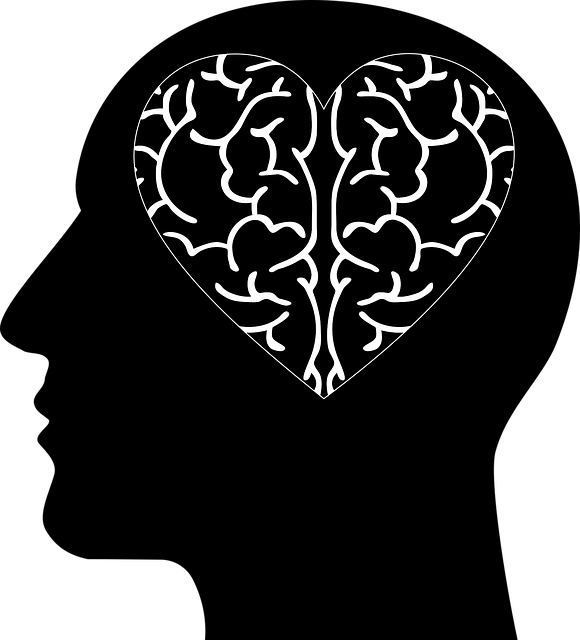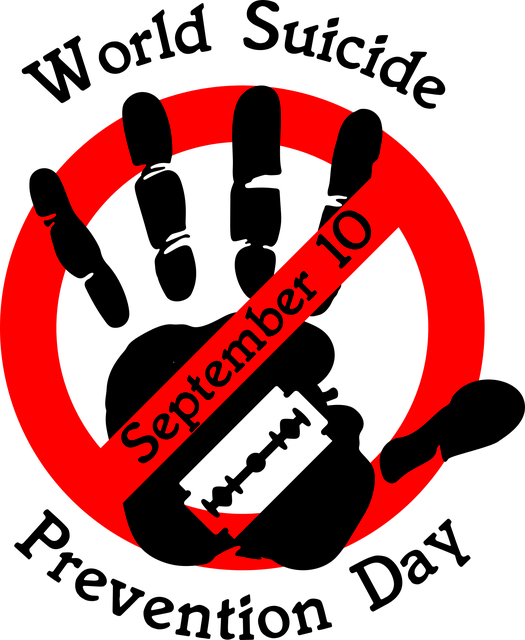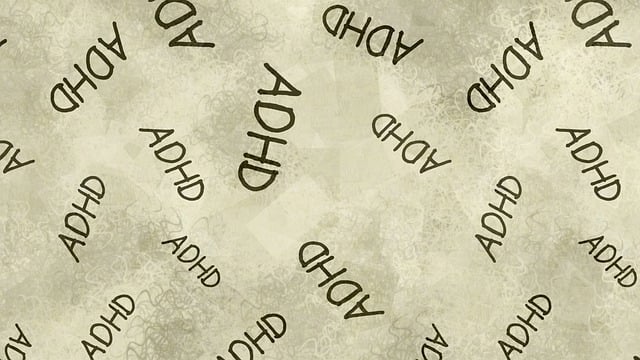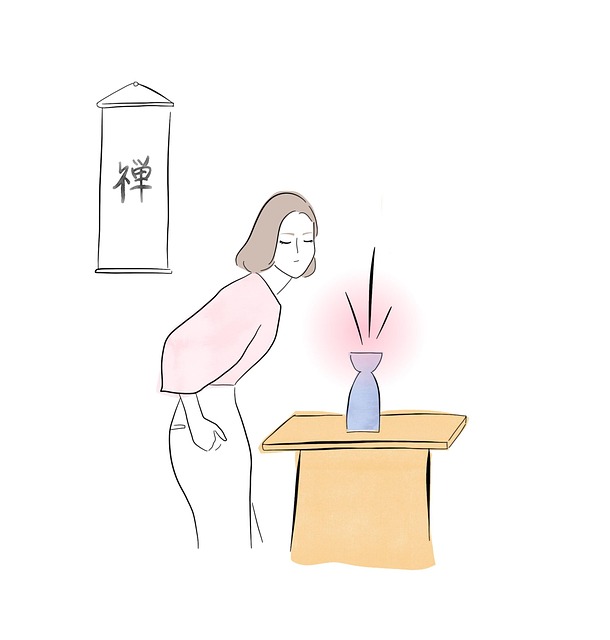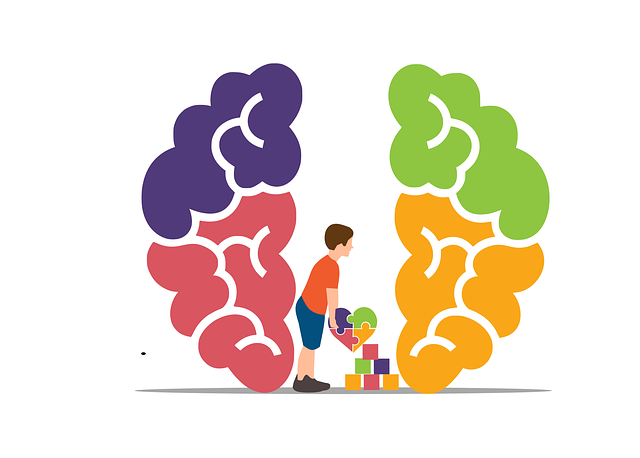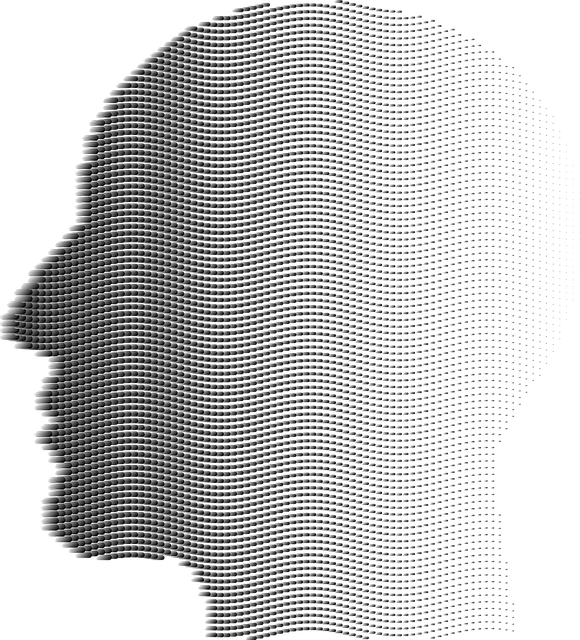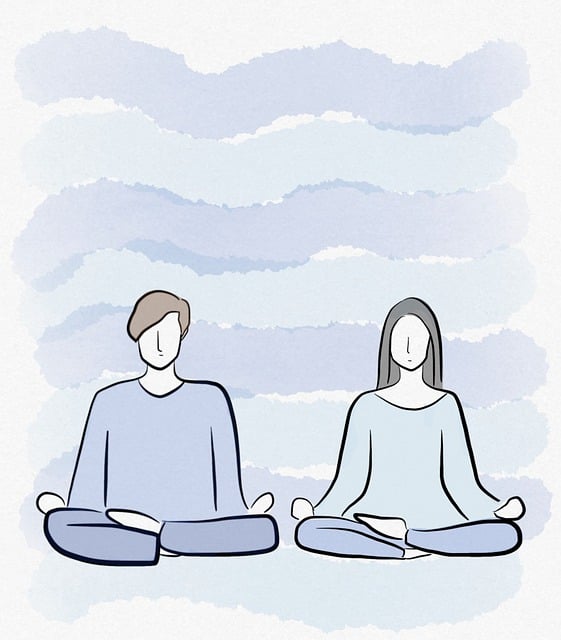Mental wellness journaling provides a safe space for individuals to introspect and understand their thoughts, emotions, and behaviors, facilitating stress and anxiety management through techniques like Littleton Exposure and Response Prevention (LERP) Therapy. Regular journaling enhances self-awareness, tracks mental state changes, aids healthcare communication, and ultimately boosts well-being. LERP combines exposure therapy with response prevention to desensitize individuals to fears, build resilience, and teach emotional management. Structured journaling exercises empower clients with self-care strategies, identify unhelpful thought patterns, and support a healthier mental wellness journey.
“Unwind your mind and embark on a journey of self-discovery with mental wellness journaling. This powerful practice, enhanced by techniques from Littleton Exposure and Response Prevention Therapy (LERP), offers a safe space for processing emotions and thoughts.
In this guide, we’ll explore how to optimize your journal setup, discover diverse writing techniques, and learn to track progress as you celebrate each step towards improved mental wellness.”
- Understanding Mental Wellness Journaling
- The Role of Littleton Exposure and Response Prevention Therapy (LERP)
- Setting Up Your Journal for Effective Healing
- Exploring Different Journaling Techniques
- Tracking Progress and Celebrating Successes
Understanding Mental Wellness Journaling

Mental wellness journaling is a powerful tool that allows individuals to explore and understand their thoughts, emotions, and behaviors in a safe and non-judgmental space. It involves documenting experiences, feelings, and reactions, often using prompts designed to encourage self-reflection. This practice can be particularly beneficial for those seeking to manage stress, anxiety, or other mental health challenges. For instance, techniques like Littleton Exposure and Response Prevention Therapy (ERP) utilize journaling as a way to help individuals confront and process traumatic memories, fears, and responses, fostering a deeper understanding of their emotional triggers and promoting healthier coping mechanisms.
By integrating mental wellness journaling into a self-care routine development for better mental health, individuals can enhance their Healthcare Provider Cultural Competency Training by improving communication about their experiences and feelings. This practice enables people to track their progress over time, identify patterns in their mental states, and gain valuable insights that can inform conversations with healthcare professionals. Through consistent journaling, one can develop a more profound sense of self-awareness, leading to improved emotional regulation and overall well-being.
The Role of Littleton Exposure and Response Prevention Therapy (LERP)

Littleton Exposure and Response Prevention (LERP) Therapy is a highly effective approach to mental wellness that focuses on desensitizing individuals to their fears and anxiety triggers. This therapy involves gradual exposure to distressing situations, thoughts, or memories while simultaneously teaching individuals new coping strategies and preventing habitual avoidance behaviors. By combining exposure therapy with response prevention techniques, LERP helps clients build resilience and enhance their ability to manage challenging emotions effectively.
Through structured journaling exercises, LERP offers a powerful tool for self-care practices. Journaling allows individuals to track their thoughts, feelings, and reactions during exposure exercises, fostering self-awareness and reflection. This process not only aids in identifying unhelpful thought patterns but also promotes empathy building strategies by encouraging clients to view their experiences from different perspectives. By regularly practicing LERP techniques, including reflective journaling, individuals can strengthen their emotional resilience and develop effective coping mechanisms for a healthier mental wellness journey.
Setting Up Your Journal for Effective Healing

Setting up your journal is a crucial step in establishing an effective healing routine. It’s like creating your own personal sanctuary where you can safely explore your thoughts and emotions. Start by choosing a space that feels calming and private, free from distractions. This could be a quiet corner of your bedroom or a peaceful area in your home office. Ensure your journal is easily accessible, perhaps placed on your bedside table or within reach of your writing desk.
Consider personalizing your journal to make it a more enjoyable experience. You might want to decorate the cover with meaningful quotes or illustrations that resonate with you. Some people like to incorporate different sections for various aspects of mental wellness; for instance, one section dedicated to tracking your mood throughout the day, another for identifying and challenging negative thoughts (a technique encouraged by Littleton Exposure and Response Prevention Therapy), and yet another for jotting down achievements and self-care practices that boost self-esteem. This organizational approach can aid in the emotional healing processes and provide a clear record of your progress over time, especially when focusing on anxiety relief.
Exploring Different Journaling Techniques

Journaling offers a powerful tool for introspection and self-care, allowing individuals to explore their thoughts and emotions in a safe and private space. When it comes to mental wellness, various journaling techniques can be employed, each with its unique benefits. One evidence-based approach gaining traction is Littleton Exposure and Response Prevention Therapy (LERP), which encourages individuals to confront fears and negative thought patterns through structured writing exercises. This method facilitates resilience building by gradually exposing readers to distressing memories or scenarios, helping them learn new communication strategies to manage intense emotions.
Beyond LERP, simple free-writing sessions can be transformative. Allowing thoughts to flow freely on the page promotes clarity and self-awareness. Additionally, guided journaling prompts encourage reflection on daily experiences, fostering personal growth and coping mechanisms. Incorporating these diverse techniques into a consistent journaling practice can significantly enhance trauma support services, offering individuals valuable insights and strategies for managing their mental health effectively.
Tracking Progress and Celebrating Successes

Tracking your progress is a vital part of any mental health journey, and journaling provides an excellent platform to do this. As you begin to understand your emotional responses and triggers, you can start to identify patterns and areas that require more attention. For instance, through Littleton Exposure and Response Prevention Therapy (ERP), individuals learn to confront fears and reduce anxiety responses. Journaling allows you to record these exposure exercises, the associated emotions, and any strategies that helped manage them. Over time, this data provides powerful insights into your emotional healing processes and helps to celebrate successes along the way.
Noting achievements, no matter how small, is essential for maintaining motivation and a positive mindset. By reviewing past journal entries, you can see the progress made in managing anxiety relief techniques. This practice reinforces the idea that your mental health efforts are paying off, fostering a sense of accomplishment and encouraging continued engagement with therapeutic activities. It also facilitates a more nuanced understanding of your Mental Health Policy Analysis and Advocacy journey, as you recognize the impact of your actions on your overall well-being.
Mental wellness journaling is a powerful tool that combines self-reflection and expressive writing to enhance emotional well-being. By integrating techniques from Littleton Exposure and Response Prevention Therapy (LERP), individuals can confront fears, manage anxiety, and track personal growth effectively. Through dedicated journaling practices, one gains deeper insights into their thoughts and behaviors, fostering resilience and overall mental wellness. This structured approach allows for the documentation of progress, celebrating victories along the path to self-improvement.
